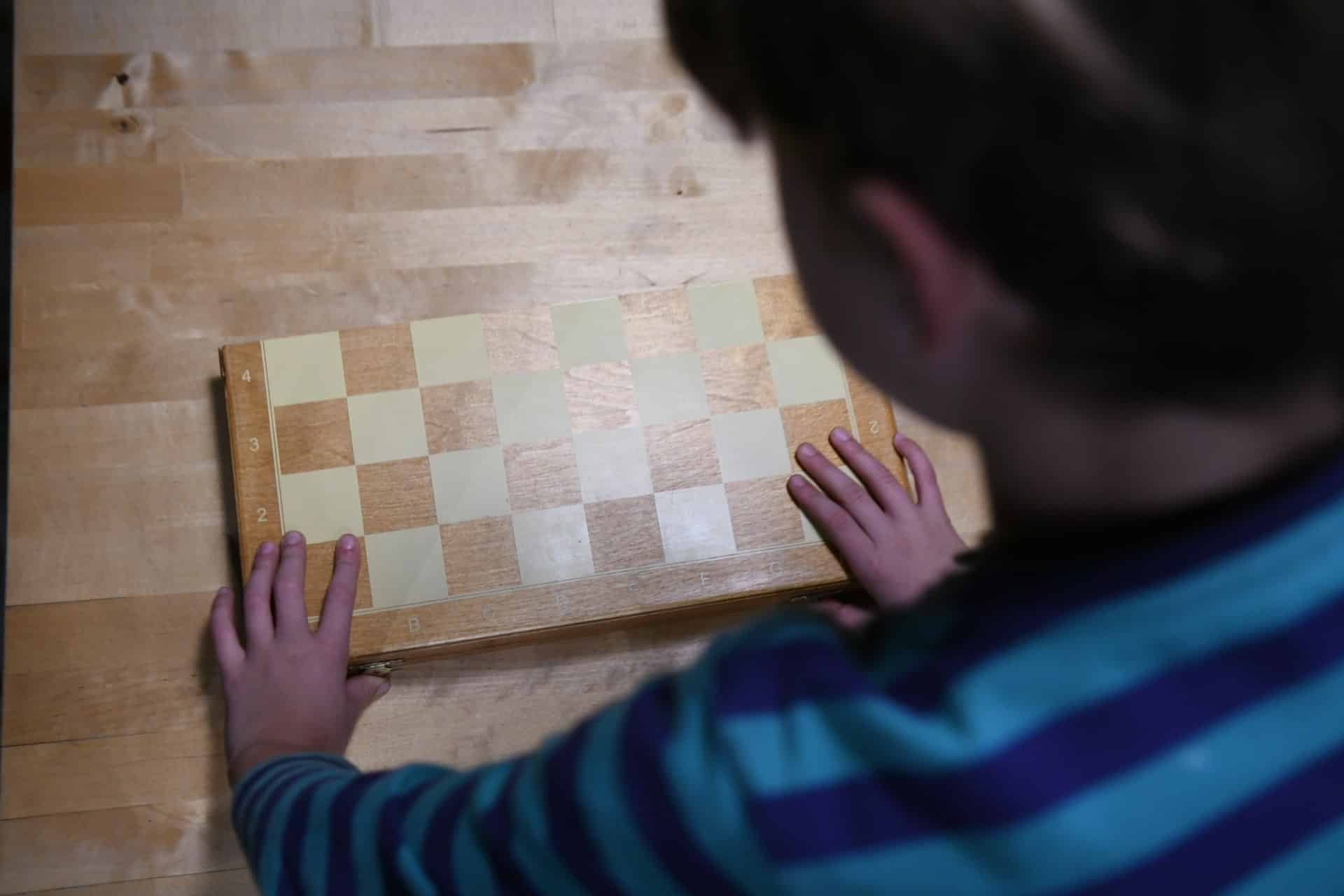Table of Contents
Queen’s Indian defense in chess!
The queen’s Indian defense is a typical response to white reactions if you know how to play against the d-pawn of white. This opening has won a great reputation among all chess players, the greatest grandmasters were to use it some time.
Playing the Queen’s Indian is exciting and stunning, is a position that may vary a lot, depending on what happens. The prophylaxis plays a fundamental role in playing this defense, which is important in all chess games of course.
But the nature of the Queen’s Indian is so deep the calculation must go far into many variations of different kinds. The Queen’s Indian defense was the favorite of the great Garry Kasparov at some time, giving him great results.
The Queen’s Indian defense has some incredible plans and strategies that will surely give you some tools to face other openings. Also, if you are one player struggling to play something more active than regular variations against white’s d-pawn, this is perfect for you.
This is one great way to fight for the activity early on in the game. Master the queen’s Indian defense and learn to play it like champions.
Queen’s Indian defense main lines
To reach the queen’s Indian defense in the opening we will need to follow these moves:
1.d4 Nf6 2.c4 e6 3.Nf3 b6 and we reach the main position of the opening, there are other ways we can reach this position. For example 1.d4 Nf6 2.c4 b6 is called the accelerated queen’s Indian.
Here we have many options to play as white, but we will go with the four moves that are the most typical you will encounter:
First: 4. g3 It’s the most popular, and this is looking for playing something somewhat like a Catalan defense against the queen’s Indian. The game could follow with 4… Bb7, but I will suggest you go for a more modern idea, which is pretty cool:
4… Ba6 it seems like a beginners’ move, just attack the c4 pawn, but actually puts white in a dilemma, how to defend the c4 pawn? If you think about it, 5. e3 blocks the d2 bishop, Qc2 will have problems to develop the b1 knight, it’s not easy!
The mainline is 5. b3 this move is ugly, but the best, this is already a little win by black, let’s have a look at the whole variation:
1.d4 Nf6 2.c4 b6 3.Nf3 e6 4.g3 Ba6 5.b3 Bb4+ 6.Bd2 Be7 7.Bg2 c6 8.Bc3 d5 9.Ne5 Nfd7 10.Nxd7 Nxd7 Black has quite a good position.
Second: 4. a3 It’s a very interesting idea, this is the Petrosian variation, and has a simple purpose: Play Nc3 without having the pin after Bb4 by black. The knight on c3 is an excellent piece for white but needs to sacrifice a tempo to get there.
White will play for a simple development and a quick but well-prepared e4 after O-O, Re1, etc. See: 1.d4 Nf6 2.c4 b6 3.Nf3 e6 4.a3 Bb7 5.Nc3 d5 6.cxd5 exd5 7.g3 Nbd7 8.Bg2 a6 Is a possible variation here.
Thrid: 4. Nc3 is not the most common of all, because it allows you to go into a Nimzo-Indian defense. Usually when white plays like this (3. Nf3) is because he wants to avoid the Nimzo-Indian. However, if you want to maintain the queen’s Indian spirit you could go like this:
1.d4 Nf6 2.c4 b6 3.Nf3 e6 4.Nc3 Bb7 5.a3 d5 6.cxd5 Nxd5 And you reach the position that we just saw after 4. a3.
Fourth: 4. e3 It’s one of the simplest setups that white can go for, most of the players that don’t know the theory will go like this. But this variation is not to take lightly, it has many opportunities for whites, the best way is the simplest.
Chances are that you get attacked and overwhelmed by the white majority in the center because white will play e4. For example:
1.d4 Nf6 2.c4 b6 3.Nf3 e6 4.e3 Bb7 5.Bd3 d5 6.O-O Bd6 7.b3 O-O 8.Bb2 Nbd7 9.Nc3 a6 10.Rc1 dxc4 11.bxc4 c5 12.d5 exd5 13.Nxd5. This is a quite interesting position for both sides, the queen’s indian defense is pure fun.
The Queen’s Indian defense for white

In the case of white, the plans to follow are pretty easy, you will have to play e4 in the center. Of course, black will do all in his power to avoid you play e4, that’s the whole purpose of the move.
Once white plays e4, the reset will be easy, you will have to advance these pawns to win space, and this will let you attack the king. Or, you can also materialize your space advantage positionally, restricting his play until the position falls apart.
The Queen’s Indian defense for Black

For black, the main thing to do is to stop White from playing e4 at all costs, and defending his position. It is possible attacking the queenside, first by mining white’s center with moves like c5.
Then, you can advance your pawns in the queenside, however, white will usually have the upper hand in the attack. Unless white plays passively, you will have to defend his threats, while you create yours.
But your strength is on the e4 square, where you should definitely plant a knight at some point of the game. If you can also prevent the move e4, you will be good to go.
Plans and Ideas in the Queen’s Indian defense

The whole point of the queen’s Indian defense, if you paid some attention, you will notice is the e4 square. Whoever controls the e4 square in this opening will have an advantage in the middle game.
Also, depends on the kind of structure that white assumes, the best part here is that you must mine the center. If you are playing with black pieces is imperative, you must play c5. If you are white is imperative, you play e4.
You may also like:
Everything About The Chess 50 Moves Rule






